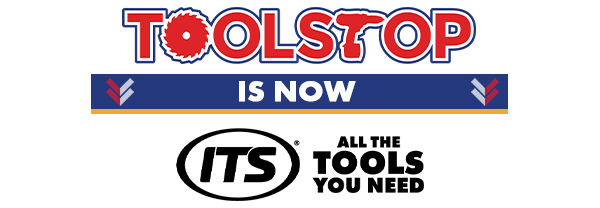Guide Rails
Guide rails give your circular or plunge saw pinpoint accuracy, clean cuts and straight edges without clamps or marking out. Whether you're trimming doors, sizing worktops or breaking down ply, these rails deliver pro results every time.
Why Use a Guide Rail?
Guide rails turn your hand-held saw into a precision cutting tool, improving both safety and quality of finish:
- Straight-line Control – Prevent saw drift and edge damage on long cuts.
- Faster Setup – No measuring or clamping straightedges every time you cut.
- Cleaner Cuts – Anti-splinter strips reduce breakout and help with tear-free edges.
- Repeatable Accuracy – Make multiple identical cuts without re-marking your board.
Ideal For:
- Cutting MDF, ply or OSB sheets on site
- Trimming doors to size after hanging
- Kitchen worktop resizing or sink cut-outs
- Breaking down large panels in a small workshop
Choosing the Right Guide Rail
Not every rail fits every saw – here's what to check before buying:
1. Brand Compatibility
Check if your saw base fits Festool-style rails or has a specific slot. Makita, Bosch and DeWalt use different profiles.
2. Rail Length
Shorter rails (700–1000mm) suit trim and framing. Longer rails (1400–3000mm) are ideal for full panel cuts.
3. Joiners & Bags
Some rails are sold solo. Consider kits with joiners and bags for storage and transport.
Top Brands for Guide Rails
Built for accuracy, strength and pro-standard cuts, these rails are trade favourites:
1. Festool & Bosch
Leading-edge rails with anti-splinter strips and system compatibility.
2. Makita & DeWalt
Robust rails for site and workshop use. Great fit with their plunge saw systems.
3. Vaunt & Generic Kits
Smart-value rails for new setups or budget-conscious pros.
Guide Rail FAQs
Can I use a guide rail with a circular saw?
Yes – many circular saws can be rail-compatible, either with adapters or specially profiled bases. Plunge saws are typically a better fit, but some rails work with both.
Are guide rails universal?
No – while some are cross-compatible, it's best to check for brand-specific rails or universal adapters to ensure safe, accurate tracking.
Can I join two rails together?
Yes – most brands offer joiner bars that align and secure two tracks for extended cuts. Make sure they’re from the same brand for best accuracy.
Do guide rails need clamps?
Not always – many rails have non-slip strips, but clamps are recommended for overhead cuts or polished surfaces where slip risk is higher.
Are anti-splinter strips replaceable?
Yes – these can wear over time and are easy to replace on most branded rails. They’re key to keeping your cuts tear-free.


